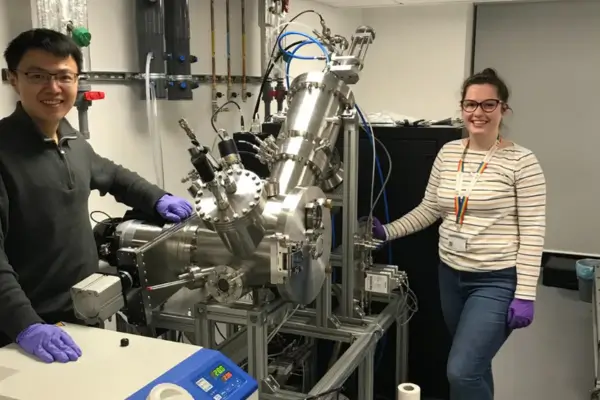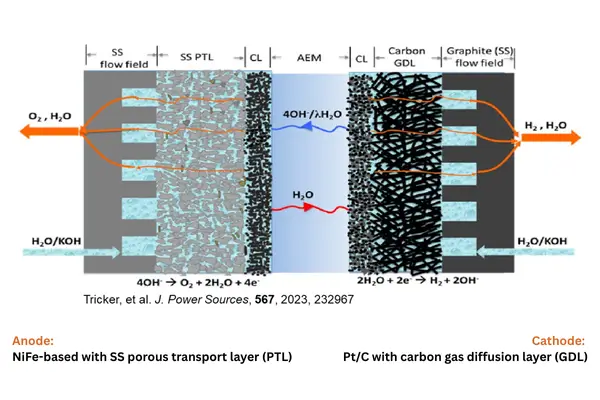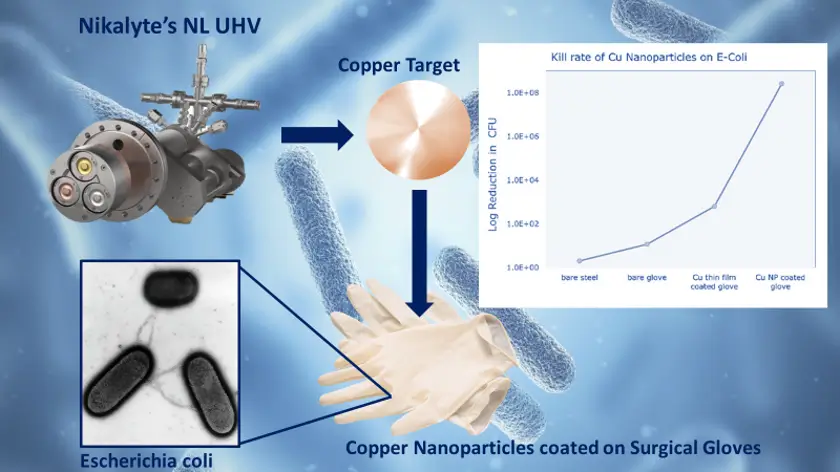High-Entropy Alloy Catalysts for Green Hydrogen Production
Image Description: Nikalyte’s Alloy Nanoparticle UHV (Ultra-High Vacuum) Deposition Source at the University of Oxford, with Peixi Cong and Leanne Jones (Postdoctoral Fellows). Industry: Green Energy / Hydrogen Production / Nanomaterials Challenge: As global efforts ramp up towards decarbonization, efficient hydrogen production from water electrolysis becomes increasingly important. A major barrier to scaling up water […]
High-Entropy Alloy Catalysts for Green Hydrogen Production Read More »






